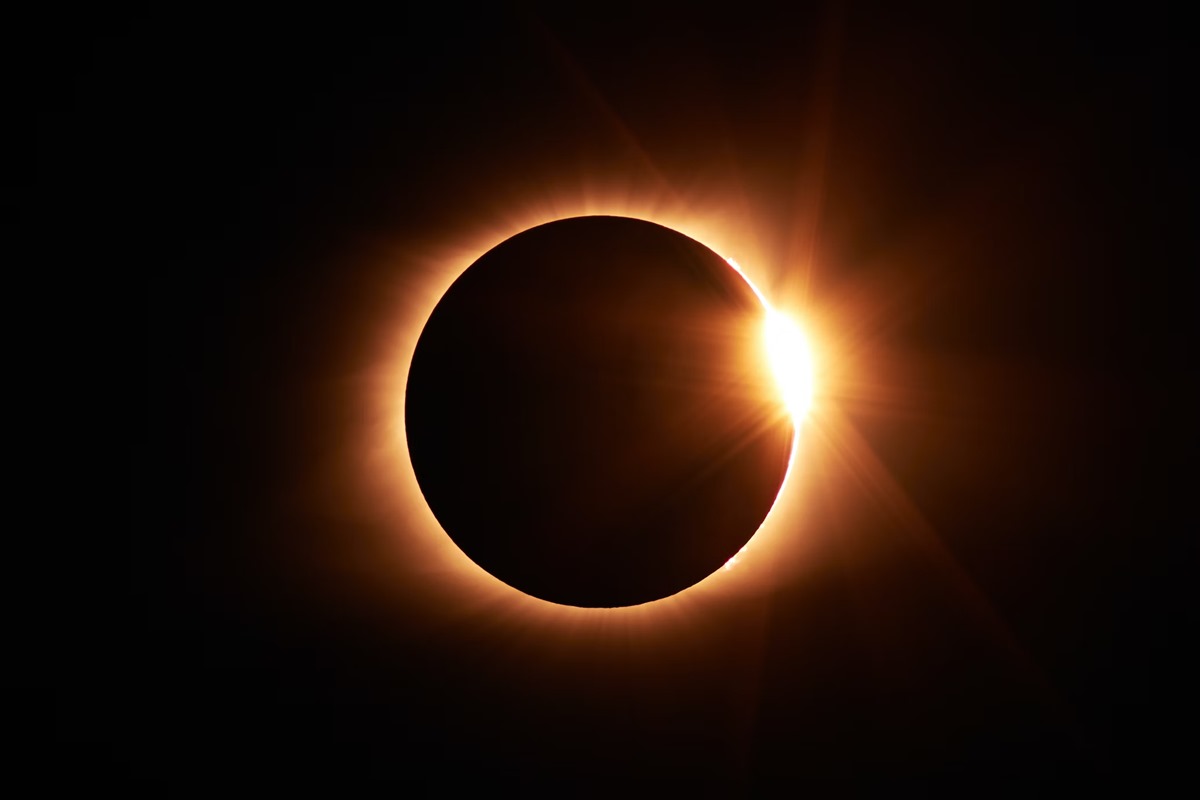1st solar eclipse of 2024 garners 1.2 mn posts on X: CEO Linda Yaccarino
The eclipse, which swept across 15 states in the US, Mexico, and Canada, began at 9.13 PM IST on Monday and continued till 2.22 AM IST on Tuesday.
Discover the ‘Ring of Fire’ solar eclipse on October 14, 2023. Learn where and when to witness this celestial marvel.

Image Source: Unsplash
The Solar Eclipse, set for October 14, will bring celestial excitement in 2023. Known as the ‘Ring of Fire,’ it will be the main attraction this October, along with a lunar eclipse. Mark your calendars as the annular solar eclipse graces the skies on October 14, coinciding with the Libra zodiac.
This remarkable event won’t be a global spectacle, though. Unfortunately, those in India will miss out, but folks in various North American cities are in for a treat. This eclipse gets its intriguing moniker, the “Ring of Fire,” because the moon will make a cameo, partially concealing the sun and forming a captivating ring-shaped phenomenon.
Residents of North America, Mexico, Antigua, Cuba, Venezuela, Jamaica, and the Bahamas will have a front-row seat to this celestial display. But hold your excitement if you reside in Sri Lanka, Pakistan, Afghanistan, Fiji, Nepal, Mauritius, the UAE, or other Asian nations – the eclipse won’t grace your skies.
Advertisement
As for the Western Hemisphere, get ready to witness the spectacle! According to timeanddate.com, a slender path will cross the United States from Oregon to Texas. From there, it will glide over the Yucatán Peninsula in Mexico, parts of Belize, Guatemala, Honduras, Nicaragua, Costa Rica, Panama, Colombia, and Brazil. While in the Americas, spanning from Alaska to Argentina, people will catch a glimpse of a Partial Solar Eclipse.
Here’s an interesting tidbit – this will be the last Annular Solar Eclipse visible in the United States until June 21, 2039. So, don’t miss your chance to be part of this remarkable celestial event.
Solar eclipses, also known as Surya Grahan, hold a special place in the hearts of celestial enthusiasts. A solar eclipse unfolds when the Moon steps in as the cosmic middleman, temporarily blocking the Sun’s radiant presence, making the day turn into night.
These intriguing celestial events come in four flavors: partial solar eclipse, annular solar eclipse, total solar eclipse, and hybrid solar eclipse. Each type adds its unique touch to the astronomical spectacle, keeping stargazers and science enthusiasts on their toes.
Advertisement